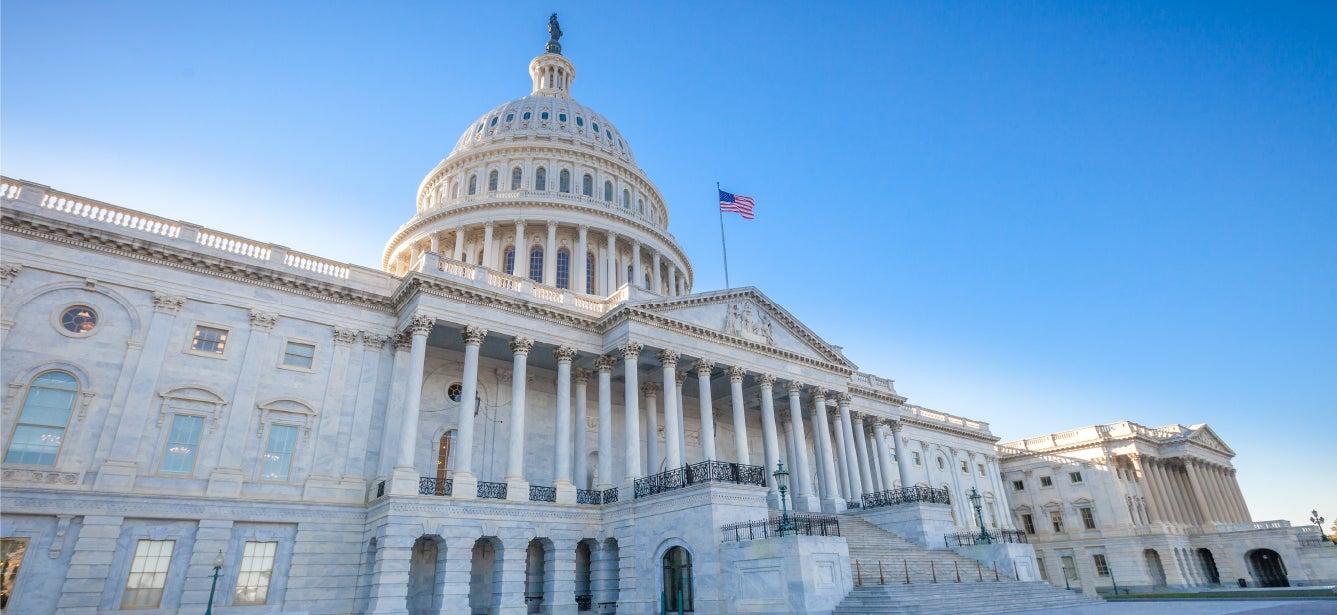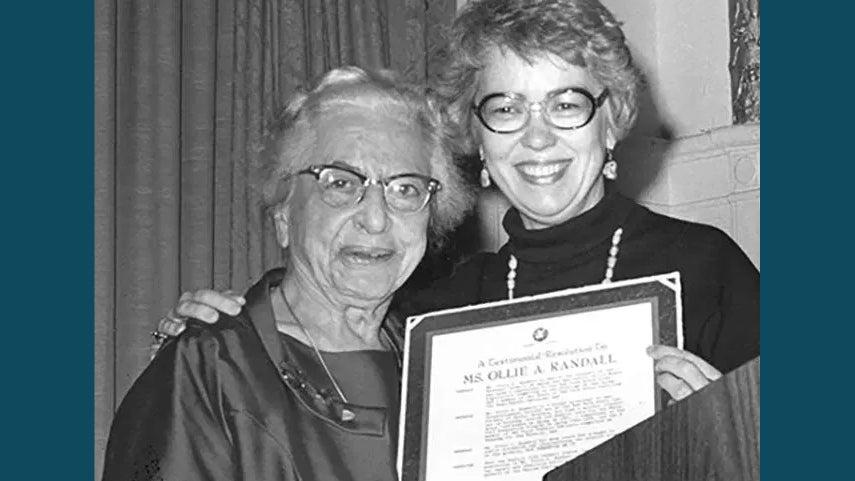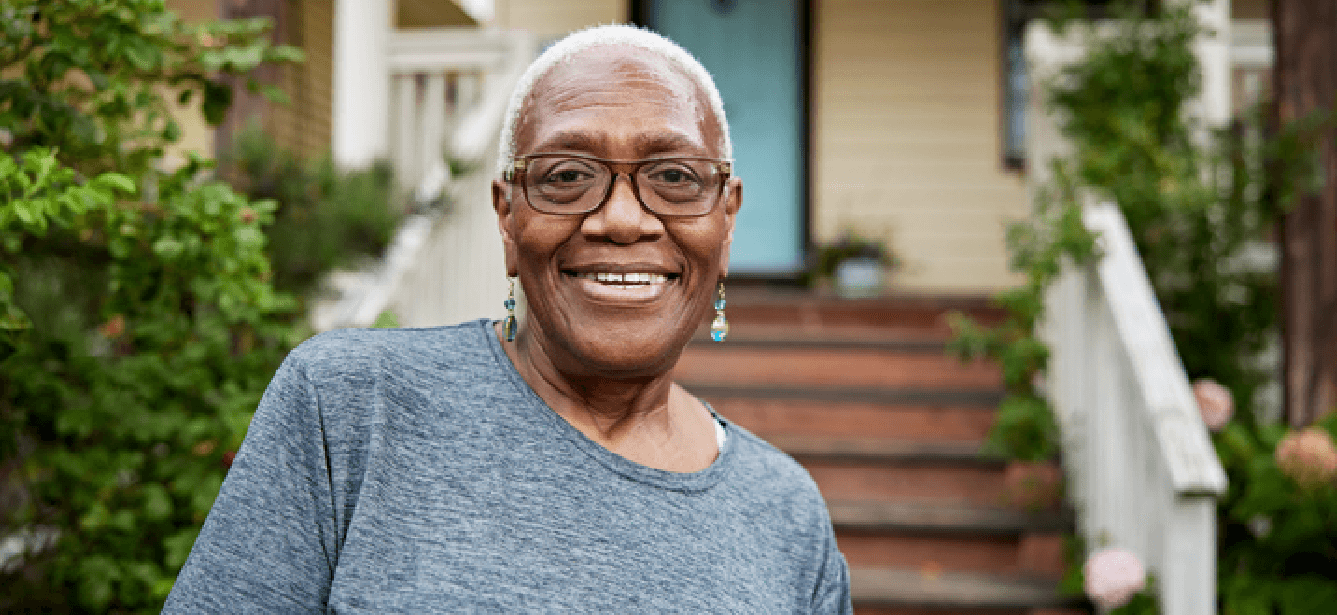Older Adults and Hunger: Helping People Lead Healthier Lives Helps Us All
2 min read

Our health depends on our wealth. And one crucial aspect of this relationship is hunger. In 2020, 5.2 million older Americans1 faced the threat of hunger. That’s 6.8% of U.S. adults age 60+. It’s shocking to think that this is happening in a rich country. We have a moral imperative to eradicate hunger.
I’m optimistic that the upcoming White House Conference on Hunger, Nutrition and Health, the first since 1969, will lead to transformational policies that will make nutritious food affordable and accessible. More than 50 years since that historic conference, we have a much larger older population and inflation so high that older adults cannot meet their basic needs.
Why good nutrition matters for older adults
Good nutrition is the bedrock of a healthy life, and yet, so many older adults go hungry or do not have access to healthy foods because those foods are much more costly.
Poor nutrition leads to or worsens chronic conditions like obesity, diabetes, and hypertension. That leads to higher medical cost for both older adults and society, and to lost wages. It pushes people further into poverty and a poor quality of life.
We need to expand eligibility for and increase participation in food assistance programs. Only 48% of older adults who qualify are enrolled in the Supplemental Nutrition Assistance Program, or SNAP. We also need to increase SNAP benefits permanently, as the current level of benefits does not cover the cost of adequate amounts of nutritious food like fresh vegetables.
How food insecurity hurts us all
We need to understand that we all lose when those most vulnerable among us lose. When food insecurity and malnutrition hit, you end up with aggravated chronic conditions, which can mean missing out on a good, productive life, and ending up far too sick. Then, as a society we all pay for that higher health care cost.
Integrating nutrition and health is the next step to ensure more of us can age well. We know 43% of older adults are living with obesity, compared to 24% just three decades ago.
We also need to make it easier for older adults to be physically active, which is crucial to almost all facets of aging well. Physical activity improves mood, reduces anxiety, improves sleep quality, prevents falls, and helps manage chronic conditions.
Senior centers and other community-based organizations are great resources for physical activity. Yet most U.S. rural counties lack access to critical programs for falls prevention, chronic disease self-management, and physical activity.
What do we do? Address hunger's root causes
The White House conference must commit to addressing poverty-related hunger and its root causes. It needs to amplify the voices of older adults with lived experience in hunger, poverty, and nutrition program participation in meaningful ways.
The conference also needs to build bipartisan support for a national plan to end hunger and improve nutrition security in America by 2030.
Sources
1. Feeding America. The State of Senior Hunger in America in 2020. Found on the internet at https://www.feedingamerica.org/research/senior-hunger-research/senior



